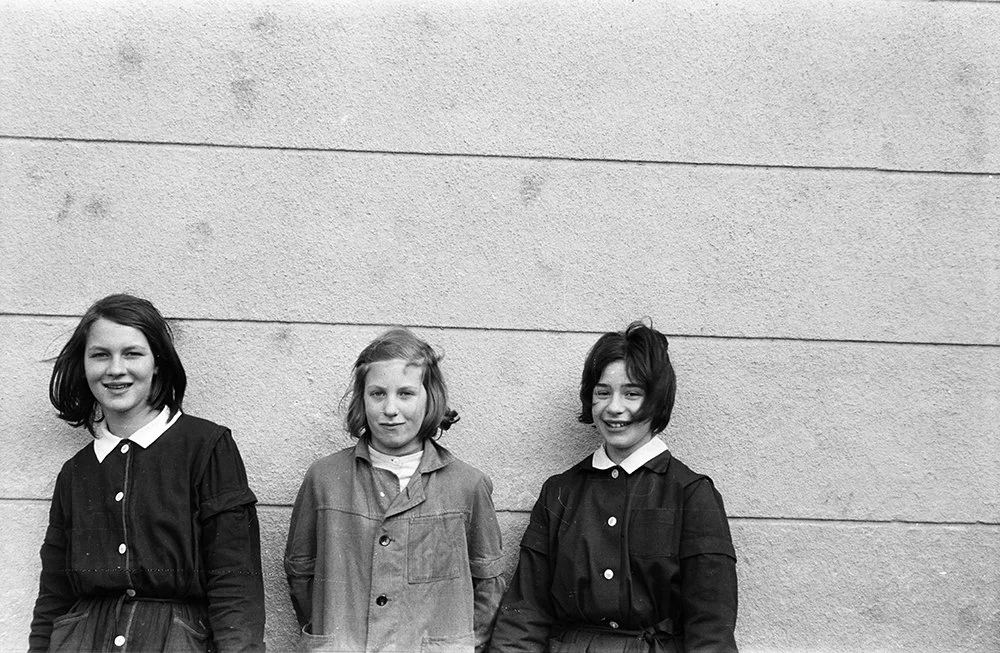OUR
ETHIC
PERSONAL AND
LOCAL HISTORY MATTERS
The many people, identified or not, who appear in private photo collections over the 19th and 20th centuries, are defining culture and making history as they pose with their new cars, say goodbye to loved ones en route to war, prepare meals, labor in factories or fields, hold babies, laugh with friends, perform in parades, play sports, sightsee landmarks in far away countries, or simply fall asleep in their living room chairs. These and other forgotten individuals should be able to find a place in our broad collective history.
Our changing built environment – captured by so much vernacular photography – is another important theme worthy of avid preservation and interpretation. The changing storefronts in a small town, the roads and methods of transport from one point to the next, the harrowing local accidents captured by everyday people, are all part of our local history. OPAN members want to identify how the local structures that surround us, in both rural and urban areas, change over time, and how these changes are affected by local, national, and global decisions.
PRIVATE VISUAL HISTORY SHOULD BE FREELY ACCESSIBLE THROUGH PUBLIC DIGITAL PLATFORMS
Cultural memory should be preserved as part of local, national, and international collaboration, and shared publicly. OPAN members are especially compelled to find a common digital space for the most magical, whimsical, artistic and thought- provoking everyday photos and connect them with larger audiences and users.
Our sincere dedication to these efforts contribute to an understanding of local history, the social and cultural evolution of our societies, and our ability to project ourselves into the future. By developing sustainable, collaborative portals for everyday photography, OPAN portals ensure that this visual history lives on.
PHOTOS TALK TO EACH OTHER WHEN THEY ARE VIRTUALLY UNITED WITHIN A NIMBLE DIGITAL PLATFORM.
OPAN members have developed interfaces that are a far cry from typical archival digital platforms. Rather than historical order or provenance, the goal is happy exploration and the intercommunication between photos. This happens through the juxtaposition of multiple collections within a portal’s own interface. A user can explore photos and other artifacts further by filtering and rearranging them according to time, place, theme, and donor. In the case of Notre Histoire, everyday photos, uploaded by members of the Swiss public, are virtually united with archival film clips from the Swiss public broadcasting organisation.
Through these digital arrangements and rearrangements, photos talk to each other and illicit stories.



